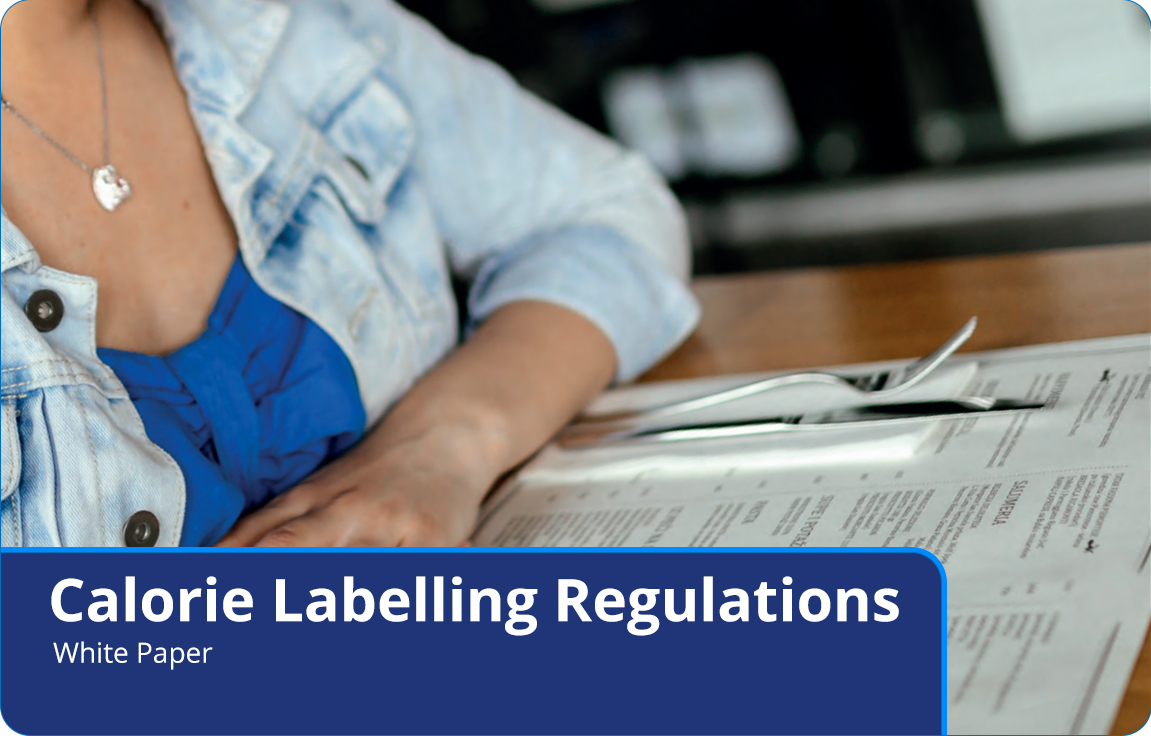Read Document...

The food environment is a constantly evolving one, and convenient opportunities such as eating out or getting takeaways are beginning to form an increasingly growing proportion of people’s diets in the UK.
Worryingly, a 2020 report published by the NHS that included information on obesity-related hospital admissions, obesity prevalence, and more, showed that obesity was becoming more common in adults and children in the UK.
Due to rising obesity rates in the UK, the government announced in February 2021 the introduction of the Calorie Labelling (Out of Home Sector) (England) Regulations 2021. The regulations, which come into effect on 6 April 2022, will introduce legislation to mandate calorie labelling for large businesses in the “out of home” food sector in England.
This Trade Interchange white paper, produced in conjunction with the Food Databanks National Capability, Quadram Institute, examines what the Calorie Labelling Regulations mean for foodservice and hospitality businesses and consumers, and also explores how calorie information can be automatically collected directly from suppliers.
